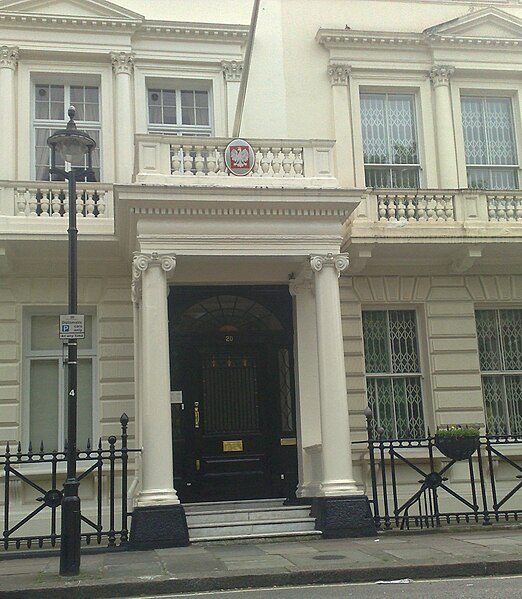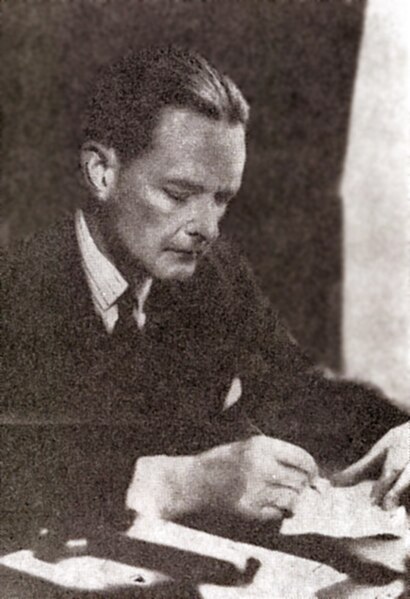Polish Institute and Sikorski Museum
The Polish Institute and Sikorski Museum, known as Sikorski Institute, named after General Władysław Sikorski, is a leading London-based museum and archive for research into Poland during World War II and the Polish diaspora. It is a non-governmental organisation managed by scholars from the Polish community in the United Kingdom, housed at 20 Prince's Gate in West London, in a Grade II listed terrace on Kensington Road facing Hyde Park. It is incidentally part of the same Victorian development by Charles James Freake as the nearby Polish Hearth Club. Although the institute is closer to the commercial centres of Kensington, it is just within the City of Westminster. In 1988 it merged with the formerly independent Polish Underground Movement (1939–1945) Study Trust –.
Polish Institute and Skorski Museum, main entrance
Władysław Sikorski, prime minister of Poland
Tadeusz Bór-Komorowski 4th prime minister of the Polish government-in-exile
Count Edward Raczynski Polish Ambassador to the Court of St James's 1932–1941
The Polish Hearth Club is a private members' club founded soon after the outbreak of World War II by the British Government and the Polish government-in-exile at 55 Princes Gate, Exhibition Road in the City of Westminster, London, close to the South Kensington museums, in a Grade II listed building. It was intended as a social meeting place for diplomats, the military cadre and other officials. The facilities included a restaurant,, a theatre and an exhibition space. It faces the main entrance to Imperial College London and is around the corner from the Polish Institute and Sikorski Museum, which was built as part of one development by Charles James Freake.
Polish Hearth Club at 55 Princes Gate, Exhibition Road, London
Ognisko restaurant before make-over






